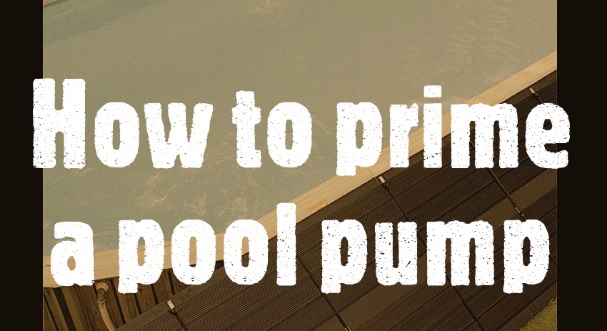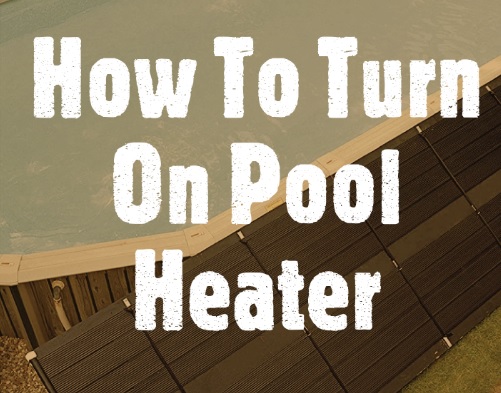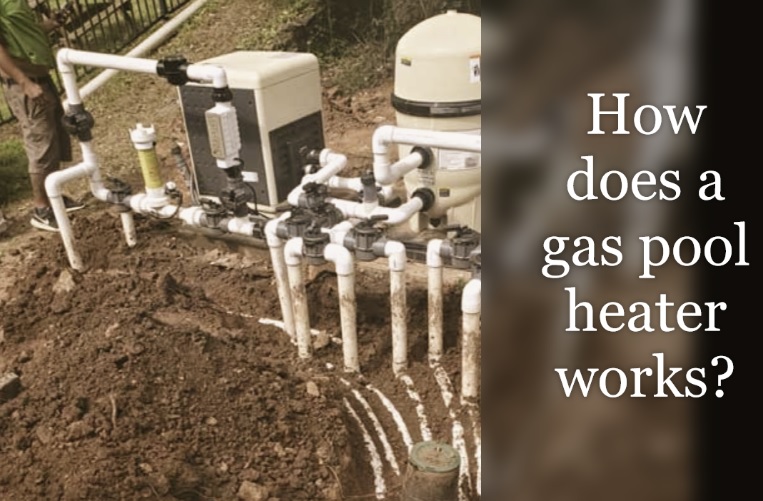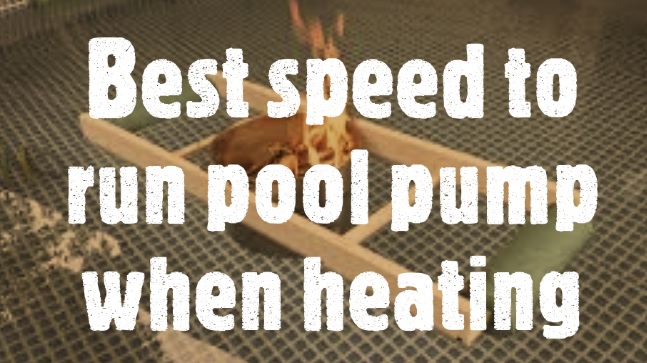How to prime a pool pump
Pool pumps are an integral part of every pool. They circulate and filter the water, keeping it clean and safe for swimming. The pump also helps circulate chemicals through the system, which keeps everything balanced. It needs need to be properly primed before they can be used; otherwise, they can lose prime overnight or leak air bubbles into your water line. Here’s how to prime a pool pump correctly:

Why you would need to prime a pool pump
- A pool pump needs to be primed when there’s not a lot of water in the filter basket or skimmer.
- Priming helps to prevent air from getting into the system, which can cause problems like:
- The filter plumbing being blown up
- Large clogs in your filter media
- Smaller clogs in your plumbing hoses and fittings
- When you have enough water flowing through the system, this will allow you to prime your pool heater properly and effectively so that you won’t worry about any of those issues happening again!
When Pool heater needs priming
The pool heater may need priming when it loses prime. This can happen for a number of reasons, including:
- If the pump has not been used for a long time, or if it’s installed in a new pool or drained pool
- If the pump is leaking (due to an improperly installed gasket or leaky O-ring)
- If there is debris on top of the suction filter or skimmer basket that clogs up the intake valve and prevents water from entering the pump
Examples
- A pump that is not working. It will not prime (or start) unless it has a sufficient amount of water in the pump basket and filter to absorb the initial priming force needed to get it going. If you have recently cleaned your filter, then you should be able to prime your pool heater by hand.
- A pump that is primed improperly or incorrectly. Sometimes a pool owner may think they have primed their pool pump properly but they did not fill up all of the air pockets in their pipes with water before turning on their pumps; this can lead to problems when trying to prime them again later because there might still be some pockets of air within those pipes, which can prevent proper priming from taking place!
- Not enough power behind what they’re doing: If a person uses too little pressure when trying to prime their own swimming pool then this could end up causing serious damage down at either end where these connections reside because too much stress gets placed on those areas due for example if someone were using something like compressed air instead of suction power alone (which would cause way less strain).
Learn how to prime a pump with basic instructions
- Turn off the pump
- Turn off the pool filter
- Turn off the pool lights
- Remove the skimmer basket
- Remove the pump lid
- Remove the impeller cover and gasket (if equipped with a dual-impeller system)
- Lift out or remove the motor assembly from inside of pump base using a pair of channel lock pliers to disconnect wires from terminals on motor brush holders, if equipped with a single-impeller system; disconnect wires from terminals on motor brushes, if equipped with dual-impeller systems
You need to do it before turning it on
It’s important to prime the pump before turning it on, and a few more times after that.
The first thing you’ll want to do is prime the pool pump before turning it on. To do this, turn off the power at the breaker box, unscrew the electrical plug from its socket, and then attach one end of an extension cord (preferably white) between two metal objects with exposed live wires. The best place for this is usually inside your home’s fuse box; however, if there isn’t enough room for you to fit in there anymore because all of your other extensions were taken out of order yesterday when everything went haywire (and let’s be honest: no one really knows how they work), try using any available outlets or wall sockets until something sparks! That should start up those old gears again pretty quick!
After doing this step twice more (once while standing on top of a ladder), go ahead and turn everything back on again now that we’ve got ourselves primed up here good enough so as not to catch fire when we flip open our circuit breakers later today after lunchtime snacks are finished eating at around noon sharpish.”
Common reasons cause pool pumps to get waterlogged
There are a variety of reasons for your pump to get waterlogged. For example, it could be caused by the pool’s filter system being clogged and not working properly, which would prevent the pump from operating at its optimal efficiency. In such a case, it is important to check the filter system first before jumping straight into replacing your pump.
Other common causes include debris in the skimmer basket or return line that needs to be cleaned out. A clogged hose can also affect performance and cause waterlogging due to excess pressure on certain parts of your pool’s filtration system.
If you suspect that your swimming pool pump is experiencing waterlogging issues, here are some tips on how you can fix them:
Pool pump keeps losing prime
So, you’ve just turned your pump on and it’s not working. Your pool is losing prime. What do you do?
To fix this problem, first, try a few things: check to see if the filter is clogged by looking at the filter basket in the skimmer box. If there are leaves or debris stuck in the basket, remove them and restart your pump. Check to see if something might be causing your skimmer box lid to stick shut or causing it to leak water into your pool area (e.g., an old gasket). If everything seems okay with those two parts of your system, then check for leaks around any pipe connections using soapy water; also look for loose bolts as well as weak spring clamps that may need replacing or tightening up if they’re worn out or broken down too much from age—this could cause air loss which results in loss of prime over time too!
Pool pump loses prime overnight
The likely reason is a faulty or loose drain plug. This can cause water to leak out of the pump housing and into the casing, which causes air to be sucked in through the damaged area. The resulting vacuum then sucks more water through the opening, which creates a destructive cycle where more and more water leaks out and gets sucked up by your pool’s filter system until you’re left with nothing but an empty pit and a very angry homeowner who’s probably looking for someone to blame.
As soon as you notice that your pool has lost prime overnight, remove any visible debris from the inside of your pump casings. Check for signs of rust or other damage—if any part seems compromised (either physically or chemically), replace it immediately! Then make sure that there are no gaps between parts; if there are spaces where air could get through easily, seal them off with duct tape until you can find something better suited for preventing such issues from happening again.* How do I prevent this problem from occurring again?
Leaks are often caused by worn gaskets around plumbing fittings; therefore it’s important that any parts with rubber seals be replaced regularly (at least once every year). If possible try not running filters at night either because even if they lose their prime during those hours nobody wants an empty swimming pool on Christmas morning…or any other time really!
It is important to know how to do it
It is important to know how to prime a pool pump. The need to prime a swimming pool heater can arise if the filter is not working properly, there has been a power failure or if you have recently installed the unit. If you have found yourself in any of these situations, follow these steps and you will be ready to go!
- Take note of all hoses and connections prior to turning on your pump for the first time
- Ensure all hoses are connected properly by taking note of what color goes where (black/blue goes with black/blue)
- Turn on water supply valves that control both clean and dirty water lines (located near filter)
- Check for leaks over last six inches of each hose connection; this includes cracks as small as 1/16 inch wide so be vigilant when checking for leaks!
Conclusion: how to prime a pool pump
If you want to know how to prime a pool pump, it’s as simple as turning it on. There’s no need to worry about anything else. Just open the valve and walk away. When the pump starts running, it will draw water from your pool filter and begin to run along normally. The pump should prime in a matter of minutes, although you should give it some time (around 30 minutes) just to be safe. It might take the pump a little longer to start if you’ve recently switched brands of backwash chemical, so don’t fret if it appears that nothing is happening at first.






